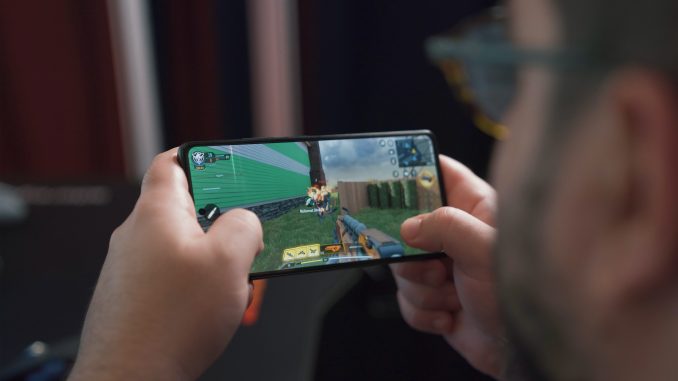
If you’re old enough to remember the legendary Nokia 3310, then your first mobile gaming experience was likely playing Snake II, a simple title that required you to direct a monochrome snake around your tiny screen, attempting to eat the randomly-spawning food while trying to keep the snake’s head away from its body.

While incredibly fun, Snake II and the other titles that were bundled with phones of the early 2000s were lightyears away from the titles that could be played on computers and consoles.
When the 3310 hit stores in September 2000, the closest thing to a smartphone was a PDA, and the PlayStation 2 had been on sale for six months. At launch, big titles like Midnight Club, Madden NFL 2001, SSX, Ridge Racer V, Street Fighter, Tekken Tag Tournament, and TimeSplitters were all available to play on Sony’s hardware.
The gulf between these PS2 games and what could be played on the 3310 is about as big as a 1920s silent movie and a modern 4K blockbuster.
22 years on, mobile gaming has come on leaps and bounds, but is a smartphone enough to provide a quality playing experience or is it still only good for gaming on the go?
Near-Infinite Choice
In 2000, your mobile phone came with a couple of games pre-installed and if you wanted more, you had to purchase them from companies that listed a menu of content on full-page ads that they placed in newspapers and magazines.

A single game could easily set you back the price of a fancy coffee and would typically only contain a handful of levels.
Today, these ads have been replaced with the Google Play and Apple App Stores, each of which contains upwards of a million different games. On top of that, the vast majority of these titles are free and the ones that aren’t are typically cheaper than other types of games.
The variety on offer for smartphone users is also huge, ranging from simple puzzles that can be enjoyed over and over again to multiplayer shooting games where you compete against as many as 100 other people.
Mobile users also have access to online casino games that were once only available on computers. These casinos offer a mix of modern video slots and classic table games, often with hundreds of options for their customers to choose from. This often means there are multiple variants of classics like blackjack online, including premium and high roller versions that cater to all types of player.
Improving Quality
The technology that goes into smartphones is exponentially more powerful than two decades ago. Gone are the hardware keypads, replaced with giant high-definition touch screens. Manufacturers have also crammed them with components that make modern phones more powerful than the bulky computers that sat on our desks in the early 2000s.
This increased power gives developers the ability to create bigger and more complex games and even port ones from other platforms to mobile devices.
That’s why today’s smartphones can play games like Fortnite and allow their users to compete with computer and console users. Of course, the graphics levels on a phone like the OnePlus 9 will not be the same as that of the PlayStation 5, but the difference between the two devices is much smaller than it was in the times of the 3310 and PS2.
Bridging the Gap
So it is clear that smartphone users in 2022 have access to more games than would have been imaginable in 2000. It’s also evident that the size and quality of individual titles is much better and nearing parity with consoles, albeit with toned-down graphics.
There is, however, still a gap and while it will almost certainly get smaller, it’s a gap that will likely always exist. The technological advancements that help manufacturers to cram more into a smartphone are the same ones that allow console and PC manufacturers to squeeze more semiconductors onto their CPUs and GPUs, giving their larger devices even more oomph.
Some companies have been developing a way to bridge this gap by letting mobile gamers play console-quality AAA titles through their servers. Instead of downloading the whole game, players log in to their streaming account, select the game they want to play, and the service’s server begins to do all the heavy-lifting that would normally be handled by a PC or console.
While this approach is not perfect, the companies behind them are working hard to iron out the kinks. If they can, it is very feasible that there’ll never be any need for consoles or powerful gaming PCs again.
Until this happens, smartphones will be the only gaming device a casual player needs. But for anyone that needs the extra processing power, another machine is still necessary.